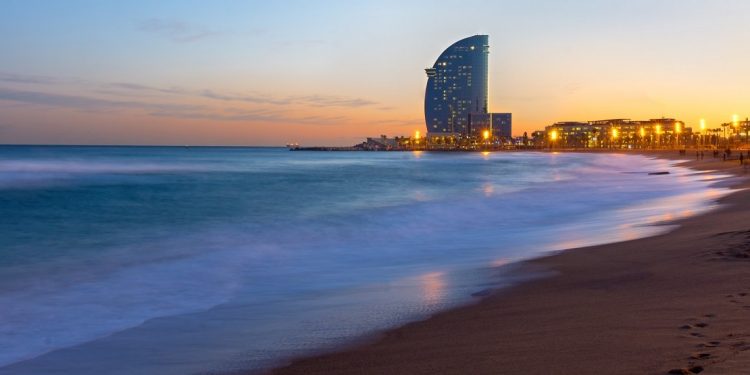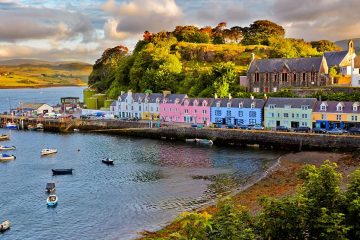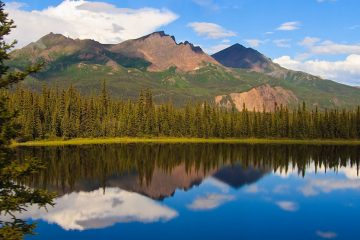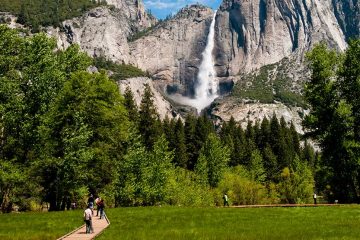6 Former Olympic Host Cities Still Worth Visiting
These Metropolises Turned Fleeting Olympic Fame Into Abiding Attractions
It’s a special honor for a city to be chosen to host the Olympic Games. It’s a chance to show off its country’s culture and traditions in addition to the athletic prowess of its citizens. Depending on the location, sometimes controversy does erupt, whether due to the cost of the Games, safety concerns or just plain politics.
It’s no surprise to hear that after some cities have poured millions into infrastructure for the Olympics, the buildings are met with a sad future of deterioration and ruin. For every Salt Lake City that turns the Games into long-lasting benefits, there’s a Sarajevo, an area torn apart by time and circumstance.
Still, world travelers should know that plenty of areas have transformed their Olympic investments into abiding attractions. Read on to learn more about six former Olympic host cities worth visiting.
Nagano, Japan
After this city in Japan’s Chubu district hosted the 1998 Winter Olympics, officials drew heat for going more than 50% over budget. Cries flew about corruption and cover-ups, and though promises of a revitalized tourism industry didn’t quite materialize, even critics had to admit that the Games made Nagano much more attractive to visitors.
How? The city has put its Olympic facilities to good use. The local government made the M-Wave speed skating arena into a museum and its actual Olympic Stadium into a sports park. There’s plenty to do apart from those structures, too.
You can tour famed wineries and breweries or attend Binzuru (an annual festival held on the first Saturday in August). Gastrophiles will adore the 280-year-old Yawataya Isogoro spice shop, and the so-called Japanese Alps are a short trip away.

Barcelona, Spain
Barcelona’s Estadi Olímpic Lluís Company still sees plenty of use after the 1992 Summer Olympics, but the real lingering impact of the Games can be seen in the area’s beaches. Once choked with refuse, they were cleaned up and turned into tourist-worthy stretches of sand.
Don’t just go for sun and sport, though. Architecture buffs will love the modernist structures that speckle the city, as well as the ancient Gothic Quarter whose bricked squares still show pocked wounds from the Spanish Civil War.
Late-summer festivals always draw crowds, as does La Boqueria, the largest food market in all of Europe. Also, don’t forget to learn more about Barcelona’s favorite artistic son at the Museu Picasso.
If you want to see the beauty of the Highlands for yourself, this guide will help you plan your trip, including the best time to visit Scotland Highlands.

Whistler, Canada
Long before it hosted the 2010 Winter Olympics, the Resort Municipality of Whistler had a well-deserved reputation for excellent cold-weather sports. Its pair of impressive peaks — Blackcomb and the titular Whistler — have always made for world-class skiing. However, organizers also made sure the Whistler Olympic Park wouldn’t sink into obscurity once the Games concluded.
A winter sports complex is, by its very nature, supposed to only be usable during the last months of the year, right? Not so with Whistler’s Olympic facilities. The Whistler Sliding Centre offers bobsled rides year round, while the Olympic Park proper has a summer biathlon and a sightseeing program.
Of course, winter allows for Nordic skiing, snowshoeing and tobogganing, and guests can even stay in the Whistler Athletes’ Centre.







